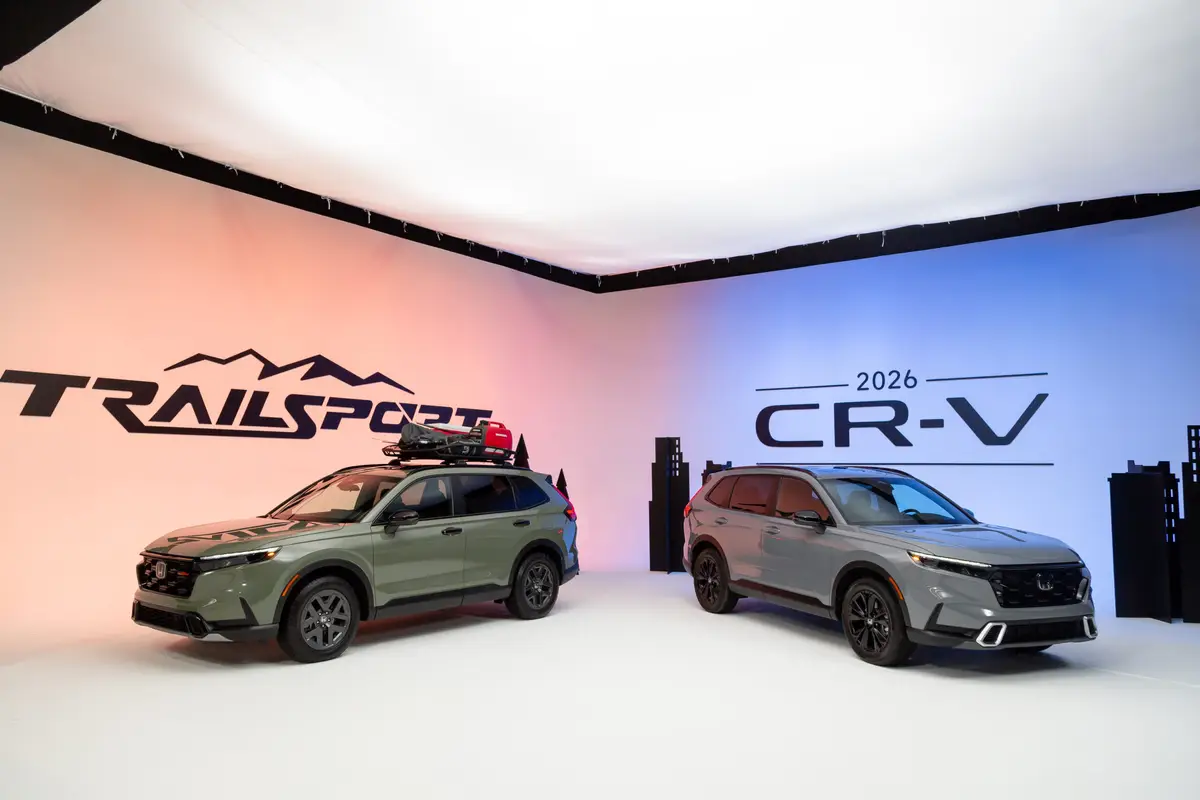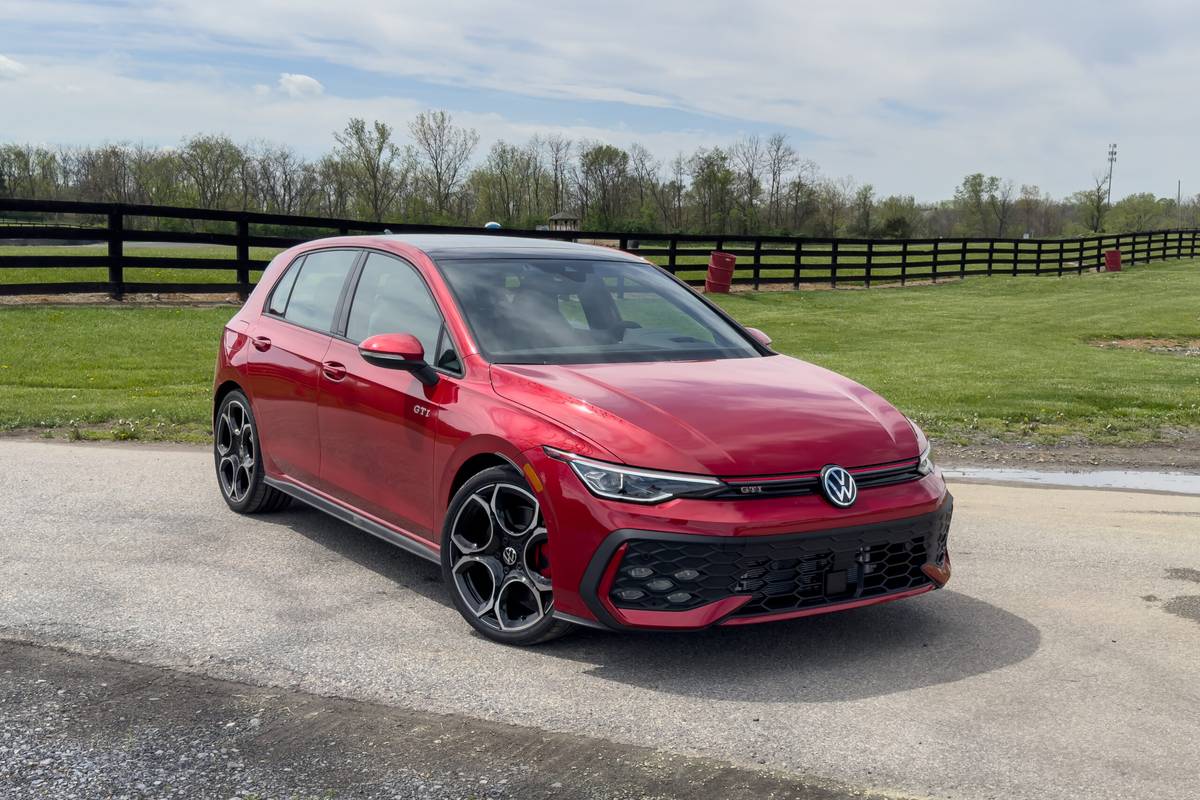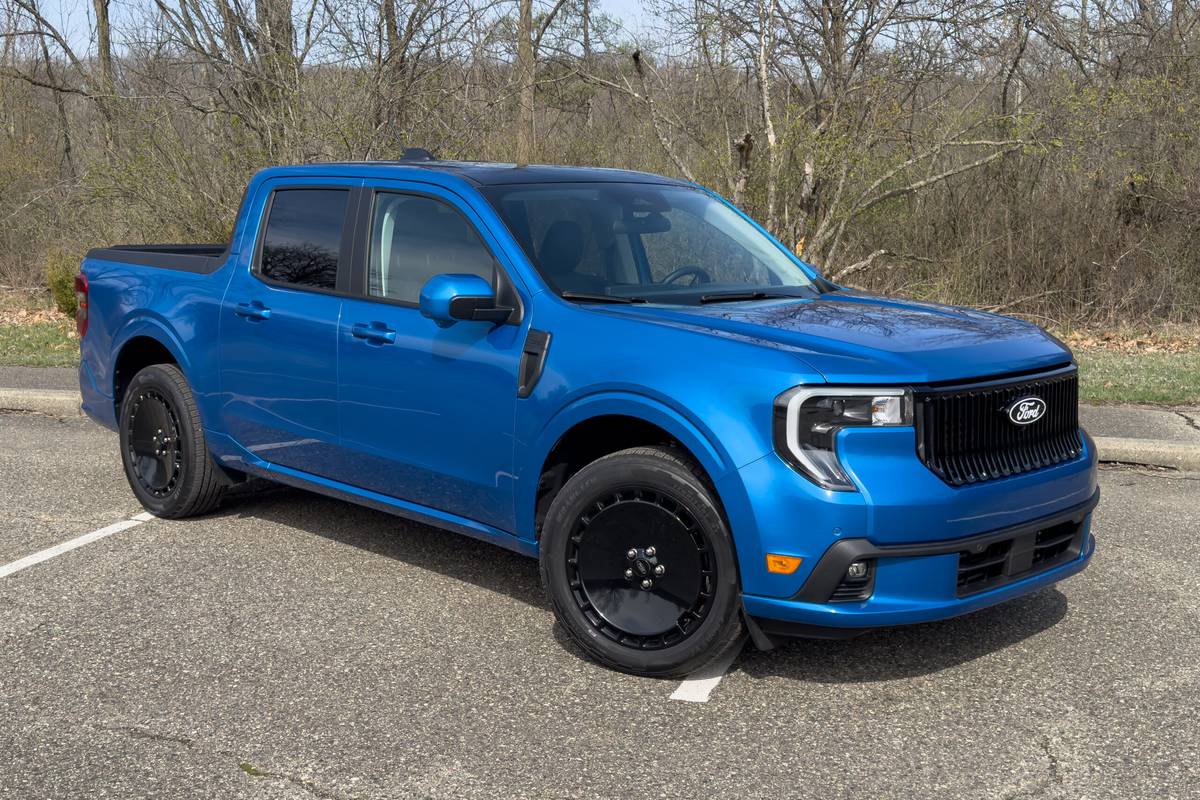2004 Saturn L: What's New
Vehicle Overview
Saturn’s larger front-wheel-drive sedan and wagon got new interior and exterior styling for 2003. The GM-controlled automaker promised that these changes would give the L-Series models “a more commanding and refined exterior appearance.” The fresh front end included wraparound projector-beam headlights, a larger grille and a raised hood. Sedan models also gained new taillights and a revised rear fascia.
Only an upscale L300 model is available for 2004, and it is offered in three trim levels with a standard automatic transmission, antilock brakes and traction control. Curtain-type airbags stow in the headliner on each side. Buyers of an uplevel edition can get a DVD entertainment system, GM’s OnStar communication system or a sunroof at no extra cost. Base-model sedans are equipped with a four-cylinder engine, which gains 5 horsepower for 2004. Upscale versions get V-6 power.
Based on the European Opel Vectra, the L300 — formerly called the L-Series — was modified considerably for the U.S. market and is built at a GM plant in Delaware.
Exterior
Last year, the appearance of the L-Series changed significantly, but the dent- and rust-resistant polymer bodyside panels are still attached to a skeletonlike steel space frame. Saturn has used this construction method since the company began to market cars in the 1990 model year. A Saturn badge with a three-dimensional look sits within a chrome-framed grille. At the rear, a chrome strip replaced the horizontal red appliqu� that was used on the prior-generation sedan. The rocker panels and lower fascia sections are body colored.
Measuring 190.4 inches long overall, the L300 sedan rides a 106.5-inch wheelbase — that’s close to the dimensions of the top-selling Honda Accord and Toyota Camry. This Saturn model stretches 68.5 inches wide and stands 56.4 inches tall. Five-spoke wheels hold 15-inch tires, but alloy or chrome-clad 16-inch wheels are available.
Interior
Five people fit inside the L300, which features a rear bench and front bucket seats that provide ample space for 6-footers. Taller people may not be able to stretch out in the backseat. Space is more than sufficient for two passengers back there, and three can manage. The 60/40-split rear seatback folds down to add to the trunk’s 17.5-cubic-foot cargo volume.
European-style seat upholstery is installed, and the instrument cluster features a silver-colored faceplate. Round analog instruments face the driver. Column-mounted stalks operate the lights and wipers, and the audio and climate controls are stacked in the center of the dashboard.
Standard features include air conditioning, a tilt steering wheel, an immobilizer alarm, cruise control, heated mirrors, remote keyless entry and a CD player. A six-way power driver’s seat goes into uplevel sedans. GM’s OnStar communication system and a DVD-based entertainment system that includes wireless headphones are available.
Under the Hood
The L300 may be equipped with a 140-hp, 2.2-liter Ecotec four-cylinder engine or a 182-hp, 3.0-liter V-6. Both engines team with a four-speed-automatic transmission.
Safety
Side curtain-type airbags protect the heads of front- and rear-seat occupants; they stow above the side windows and inflate along the length of the passenger compartment. Antilock brakes with traction control are standard. LATCH child-safety seat tethers are installed.
L300 Wagon
Other than its rear liftgate, the L300 wagon specifications are virtually identical to those of the sedan. The wagon’s cargo volume is 33.5 cubic feet with the rear seat up and 79 cubic feet when that seat is folded.
Featured stories




